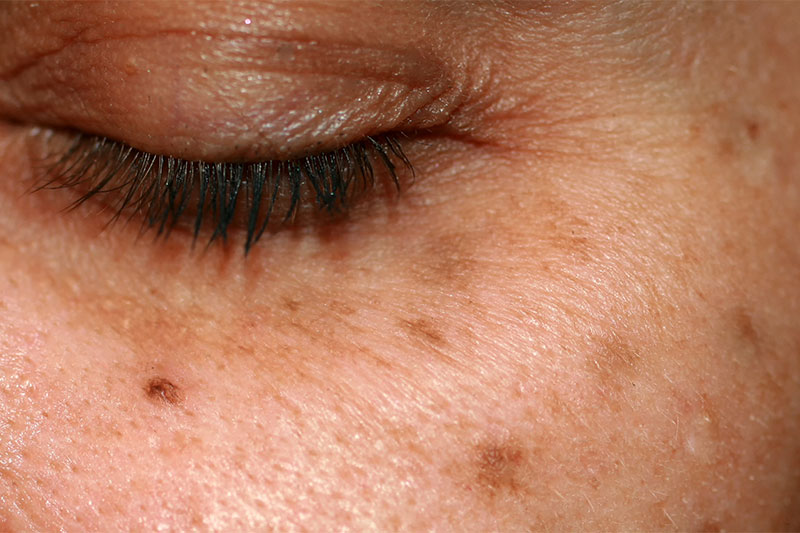You are told every now and then to examine your skin to see if there are any strange spots, but you do have spots and what do you do about them? Should you worry? Or just keep an eye on them because they could either be signs that you have skin cancer or age spots that are harmless. How do you know the difference between the two? The thing is when you are in doubt, you will want to get the spots on your skin checked as a rule of thumb. However, there are key differences to know before panicking. Let’s take a look at the signs to look for in skin cancer.

You Will Have Pain And Bleeding With Skin Cancer
Here is the thing. Age spots do not bleed. There is also no pain or discharge associated with age spots. However, with skin cancer, you have that. You have bleeding, pain, and discharge. And if any of the spots have any of that, you need to get it checked out. If the spots don’t have any of that, you can wait and keep an eye on them because they could be harmless age spots.
Skin Cancer Spots Will Change
The one thing you need to do is watch the spots on your skin. Even if they do not have any pain, bleeding, or oozing initially, that could happen. If they have shifting borders, change the shape, become darker or lighter, or the diameter changes – then that is a sign of skin cancer and you will need to get that checked immediately. With age spots, that does not happen.
Age Spots Change Slowly Whereas Skin Cancer Spots Change Rapidly
Age spots do change but very slowly and may shift from different colors such as pink, yellow, tan, and brown over the course of a few years. However, when it comes to skin cancer, the spots will change a lot more quickly and can change colors as well. If the change in color is happening within a year, then that is a sign that it is likely to skin cancer.
If Itchiness Does Not Disappear
Age spots can be itchy and that is one aspect alone that is hard to tell whether you have harmless age spots or skin cancer since those cancer spots can itch too. However, with age spots, the itching does disappear without any intervention. Sure, you may need lotions and moisturizers to help stop the itching. But with skin cancer spots, the itching will continue no matter what you attempt to do.
Genetics
If your grandparents or parents have age spots, then you likely will too, but at the same time, if there is a family history of skin cancer, then you may end up with that as well. The best thing to do is to talk about it with your doctor so you know what to expect since it is in your family history. Even without the genetic component to it, you still could be prone to either one, but you may be more likely prone to skin cancer or age spots if genetics do play a role.
There is also something else to remember. The location of the spots does not signify anything as you could get age spots or skin cancer spots anywhere in your body. Additionally, age is not always a factor unless you are under 30. If you are over 30, you could begin developing age spots. However, if you have skin cancer, the good news is that early detection gives you a great prognosis. That is why you do not want to wait at all if you see anything on your skin that appears suspicious.


